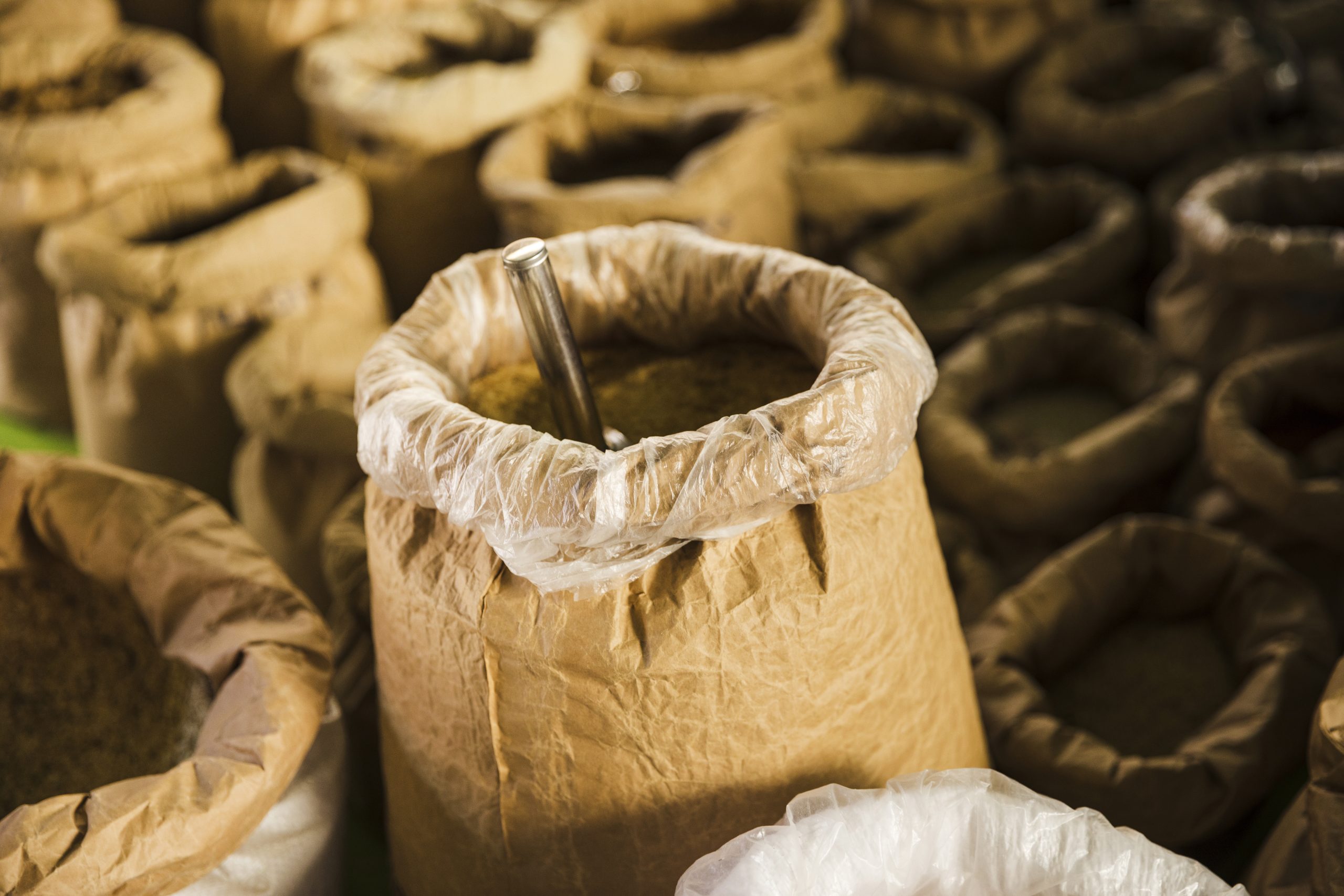How Historical Practices Inform Modern Packaging Recovery

Historical packaging recovery methods provide valuable insights into current waste management challenges. Before disposable packaging, societies developed ingenious approaches to reuse and recycle packaging materials out of necessity.
These traditional practices offer practical wisdom that informs modern circular economy principles and recovery technologies. By examining historical approaches, businesses can discover time-tested strategies to enhance their packaging recovery efforts while addressing sustainability demands.
Why Should We Look to History for Packaging Recovery Innovation?
Historical packaging practices emerged when resources were scarce and materials too valuable to discard after a single use. Packaging was designed with reuse in mind, with systems supporting multiple life cycles. This “waste not” mentality created effective recovery approaches that operated successfully for generations.
Today’s challenge, including resource depletion, waste accumulation, and environmental contamination, demand solutions that reconnect with these circular principles. Historical practices show proven recovery methods that worked without advanced technology through thoughtful design and practical incentives.
By studying these approaches, businesses today can rediscover fundamental principles that remain relevant. These insights inform effective packaging disposal while inspiring innovation that combines traditional wisdom with contemporary capabilities.
What Historical Packaging Recovery Methods Still Influence Modern Practices?
These past approaches have served as the foundation for modern-day packaging recovery methods:
1. Returnable Container Systems
Before single-use packaging dominated, standardised returnable containers formed the backbone of product distribution. Glass milk bottles, beer bottles, and soda waste moved through established collection systems, with consumers returning empties for deposit refunds.
Today’s returnable transport packaging, pallet pooling programmes, and reusable consumer packaging systems build directly on these historical models. Modern packaging reconditioning solutions have evolved from these early practices, with improved cleaning technologies while following the same fundamental principles.
2. Wooden Packaging Reclamation
Wooden crates, barrels, and boxes once dominated shipping and storage. These durable items were consistently recovered, repaired, and returned to service. Coopers (barrel makers) developed sophisticated techniques for repairing damaged containers, while standardised designs facilitated easier repair.
Modern industrial packaging reclamation, especially for pallets and crates, follows these historical examples. The techniques for assessing and reconditioning wooden transport packaging still employ principles developed centuries ago, enhanced with modern tools.
3. Deposit and Return Economic Incentives
Historical packaging systems would employ financial incentives to improve material recovery. Bottle deposits, container return payments, and material redemption values created economic motivation for returning packaging to its origin. These systems created recovery rates that many modern programmes struggle to match.
Today’s deposit return schemes for beverage containers, battery return programmes, and extended producer responsibility frameworks build directly on these historical economic models. These approaches recognise that financial incentives remain among the most effective methods for ensuring high recovery rates.
4. Community-Based Collection Networks
Before centralised waste management, local communities developed sophisticated resource recovery networks. Rag-and-bone collectors, metal scrappers, and glass collectors created efficient recovery systems that sorted materials for reprocessing. These networks operated as viable businesses, recognising the inherent value in what others discarded.
Modern community recycling initiatives, specialised material recovery businesses, and local circular economy projects draw inspiration from these historical networks. The success of these earlier systems demonstrates the power of community-scale approaches to material recovery.
5. Packaging Designed for Repair
Historical packaging often included design elements to facilitate repair and extended use. Wooden crates with replaceable slats, barrels with interchangeable parts, and containers with standardised components allowed for maintenance that extended useful life.
Contemporary approaches to modular packaging design, standardised industrial containers, and repairable transport packaging connect directly to these historical practices. These design principles remain relevant for today’s packaging products designed for extended lifecycles.
How Are These Historical Practices Being Reimagined Today?
Historical recovery practices are experiencing a renaissance through modern interpretations:
Digital-Enhanced Returnable Systems
Traditional deposit-return systems now incorporate digital tracking, IoT sensors, and blockchain verification. These technologies solve historical challenges around container authentication and logistics optimisation while maintaining the core principles of historic returnable systems.
Standardisation and Pooling Evolution
Historical standardised container systems have evolved into sophisticated pallets, totes, and transport packaging pooling operations. These systems utilise the principles of historical community-based sharing while adding modern logistics technology.
Automated Repair and Reconditioning
The skilled manual repair processes have transformed into specialised waste management solutions utilising automation and quality testing equipment. These services maintain the waste-reduction benefits of historical repair approaches while meeting modern safety requirements.
Partner with Packaging Reuse for Historically-Informed Recovery Solutions
At Packaging Reuse and Disposal Services, we combine time-tested recovery principles with modern capabilities to improve packaging waste and other disposal solutions. Our approach acknowledges the wisdom of historical practices while addressing contemporary business requirements.
Our reconditioning services build on traditional repair techniques, extending packaging life cycles through professional cleaning, inspection, and restoration. We maintain the circular intent of historical systems while ensuring modern safety standards.
Our comprehensive services for businesses using industrial packaging support the full recovery hierarchy from reuse through recycling. We help companies implement practical recovery approaches that capture the economic and environmental benefits demonstrated by historical systems.
Get in Touch Today
Contact us to discuss how our historically-informed approach to packaging recovery can benefit your business.
